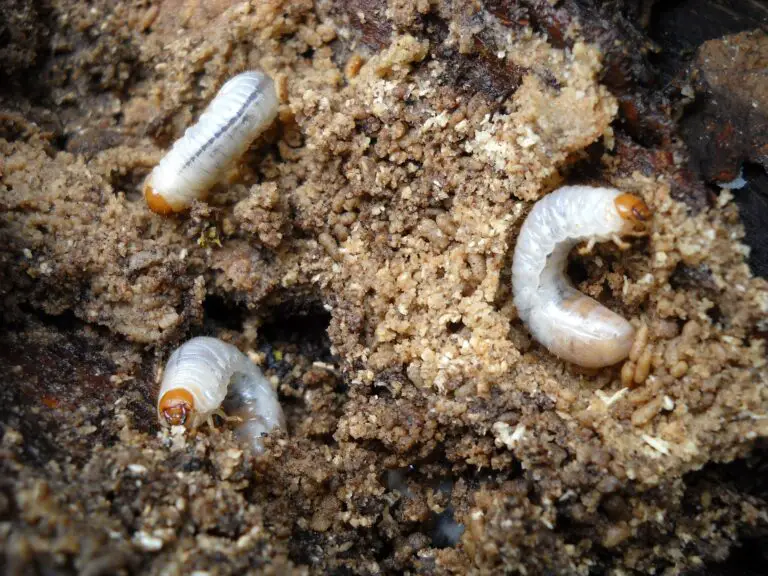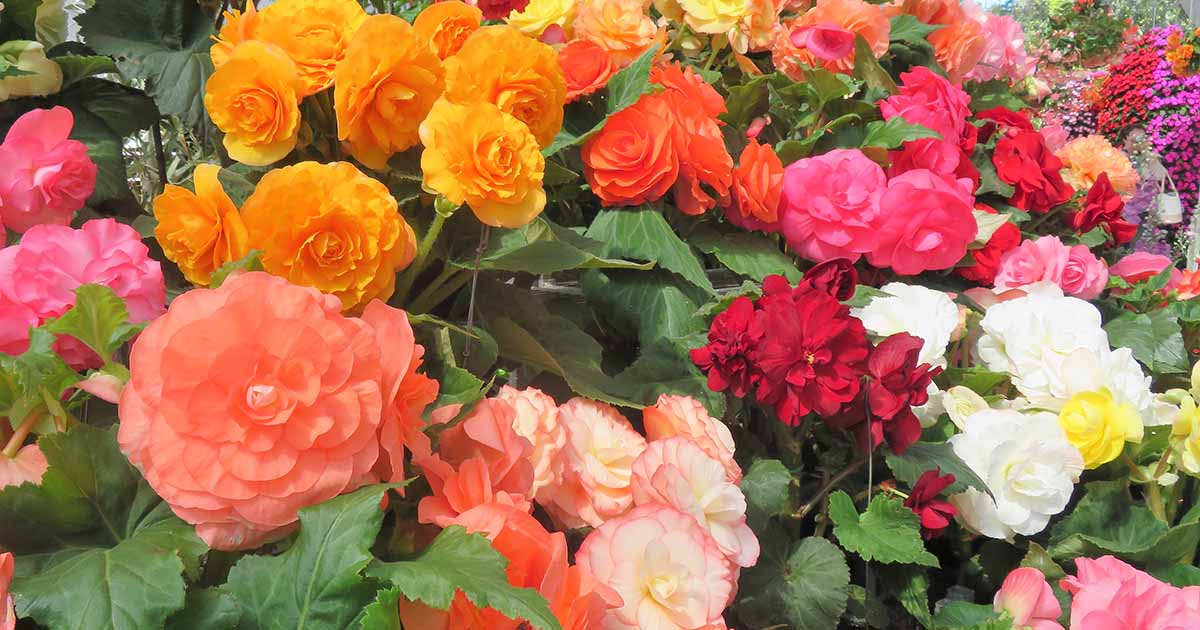Cytisus broom shrub Backyard Vegetation Design Data
Cytisus or Broom
Free Blooming Shrubs for sunny location Leaf dropping and evergreen hardy and tender shrubs that are very lovely when in bloom in spring and summer time; they bear pealike flowers of assorted colours. About fifty species are recognized; they’re natives mainly of the Mediterranean area and the Canary Isles. The identify Cytisus is from kytisos, the Greek identify for a sort of Clover. These shrubs belong to the Pea household, Leguminosae.
Sowing Seeds and Taking Cuttings. The Cytisus thrive greatest in well-drained, moderately mild land, however heavy floor may be made appropriate by including compost and sand or grit. They should have the sunniest attainable place. The species or wild forms of Cytisus are propagated by seeds sown as quickly as they’re ripe in pots or flats of sandy soil in a chilly body or greenhouse. Some gardeners consider it’s advantageous to soak the seeds in water for twenty-four hours earlier than sowing.
Because the varieties don’t come true from seeds they need to be propagated by cuttings positioned firmly in a mattress of very sandy soil in a chilly body in August, or in related soil in a shaded place outside and lined with a bell jar. The cuttings are constituted of agency summer time shoots, 2-4 in. lengthy, with a skinny heel or piece of the older wooden hooked up. The quite a few named varieties could also be propagated by grafting on shares of Laburnum raised from seeds. The Laburnums are grown in pots and grafting is finished in early spring in a propagating case in a heat greenhouse.
Planting and Pruning
Brooms ought to be grown in pots till giant sufficient for planting of their everlasting positions as they don’t transplant very efficiently from the open floor. For the primary two or three years after propagation, whether or not by seeds, cuttings or grafting, the contemporary shoots on the younger vegetation ought to be in the reduction of a number of occasions throughout the summer time to make sure well-branched vegetation. In subsequent years most sorts of Brooms may be stored shapely by pruning the one-year-old shoots, however they don’t produce new shoots freely when pruned again into the outdated wooden. These sorts which flower in April, Might and June, ought to be in the reduction of instantly the blossoms fade, two-thirds of the size of the earlier season’s growths being minimize off; these sorts which flower throughout July and August ought to be pruned in early spring, simply earlier than new development recommences. When a bush turns into tall and bare-stemmed, it’s higher to dig it up and plant a younger one moderately than to prune again into the outdated wooden.
Cytisus are good shrubs for garden beds, sunny shrub borders, banks and rock backyard slopes. The preferred sorts are the quite a few varieties and hybrids of Cytisus scoparius, the Scotch Broom. They common 4-6 ft. excessive, and flower in Might and June.
Spring-flowering Cytisus
A gaggle of European-raised Cytisuses are extraordinarily high quality. Cytisus scoparius Golden Daylight, with giant golden-yellow blossoms is an object of nice magnificence. C. scoparius Andreanus, the primary plant of which was discovered rising wild in Normandy, has crimson and gold blossoms; Firefly and Dragonfly are of richer coloring. Burkwoodii is crimson; Cornish Cream, cream coloured; Dallimorei, rose purple, and Donard Seedling, crimson and yellow; Woman Moore, purple and yellowish buff; Lord Lambourne, crimson and primrose, and there are numerous different equally beautiful sorts. These hybrids and improved varieties won’t stand extreme winters.
Cytisus albus (multiflorus) is the White Portugal Broom, one of the crucial enticing of spring-flowering shrubs. C. Battandieri is a outstanding shrub or small tree from Morocco: it grows 12 to fifteen ft. excessive. The leaves have a silvery look and the aromatic, golden-yellow flowers are in •erect racemes, that are produced alongside the branches in June. It prospers in strange soil however isn’t hardy North. C. praecox has primrose-yellow flowers of moderately disagreeable odor.
Summer season-flowering Cytisus
Amongst these sorts which flower from midsummer onwards are C. ratisbonensis, 3-4 ft. excessive, yellow; C. sessilifolius, 5-6 ft. with yellow flowers on slender stalks; and C. nigricans, a helpful form which bears yellow flowers freely from July to September.
For the Rock Backyard
A consultant choice of rock backyard Brooms contains the next: C. kewensis, trailing shoots thickly lined with primrose-yellow flowers in Might; C. scoparius pendulus, giant yellow flowers; C. scoparius sulphureus, low rising, flowers pale yellow; C Beanii, small golden-yellow flowers; C. purpureus, a spreading dwarf shrub with rosy-purple flowers; C. decumbens, a prostrate shrub only some inches excessive with yellow blossoms, and C. Ardoinii, a fairly shrub from the Maritime Alps, with vibrant yellow flowers, that isn’t hardy within the North. All bloom in April and Might.
For the Greenhouse
From the Canary Isles, northern Africa and different heat districts of the Mediterranean, Brooms which aren’t hardy within the North have been launched. Within the South and West they are often grown outside however elsewhere the safety of a greenhouse is critical.
One of the best recognized is the favored Cytisus (Genista) fragrans, with aromatic yellow blossoms, a favourite spring-flowering greenhouse shrub, and grown in market nurseries by the thousand on the market in florists’ outlets.
The range elegans is distinct in having grayish-green foliage. C. monspessulanus, the Montpelier Broom, is a swish evergreen or semi-evergreen, 6-10 ft., with yellow flowers early in Might.







